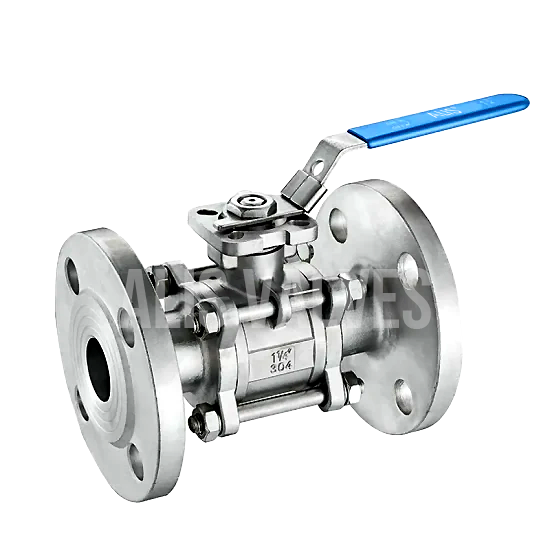Signs It’s Time to Refill Your Heating Oil Tank


Heating oil is an essential resource for many households, especially during the colder months when a reliable and efficient heating system is crucial for comfort and safety. The last thing any homeowner wants is to run out of heating oil during a cold snap, as this can leave you and your family without heat, potentially leading to other problems like frozen pipes or uncomfortable living conditions. Knowing the signs that it’s time to refill your heating oil tank can help you avoid these scenarios and maintain the smooth operation of your heating system.
This article will guide you through the key indicators that signal it’s time to schedule a refill, how to monitor your oil levels effectively, and the importance of proactive planning to ensure your home stays warm all winter long.








